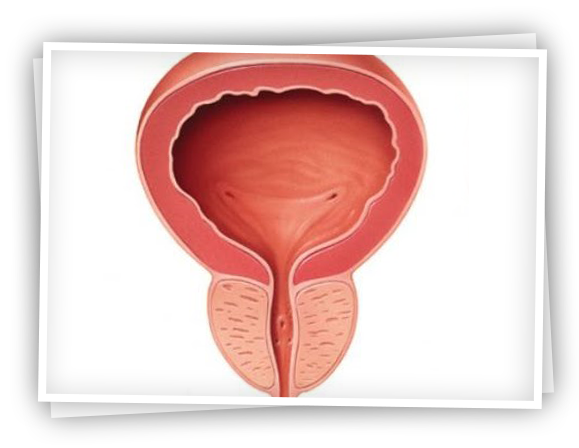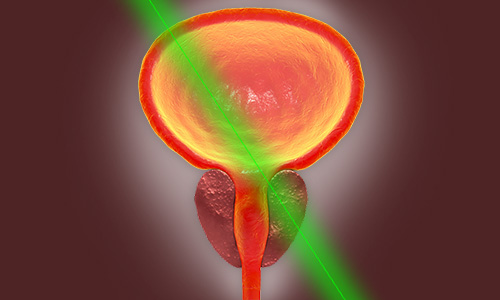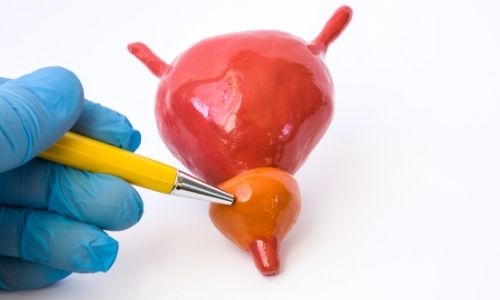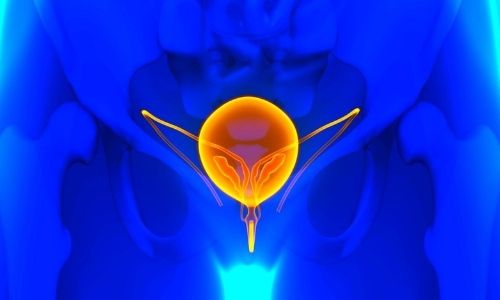How Many Days Will You Stay in the Hospital After ThuLEP?
In general, I discharge our patients on the 2nd day after the operation. I also have patients that I discharged during the day after the surgery, but since most of my patients are of advanced age and have additional diseases, I follow them for 1 more day and discharge them without any problems.
After How Many Days Is Catheter Taken After ThuLEP?
Although each surgeon has a different practice, in my practice, I usually take the catheter of my patients on the first day after the surgery. I take the catheter a few days later in patients using blood thinners or in patients with urethral stenosis and operated during surgery.
Does ThuLEP Affect Sexual Functions?
Although the prostate does not take an active role in terms of sexual functions, surgery may affect sexuality due to its location. Nerves passing around the prostate that provide erection may be adversely affected during surgery. The rumor among the public that "he had prostate surgery, his masculinity is gone" is a situation that is more at risk of encountering after radical prostatectomy operations, where the entire prostate is removed.
In benign prostate enlargement surgeries performed with laser, the prostate is stripped from the capsule. When compared in terms of the energy used, it has been shown that the thulium laser energy affects the prostate capsule to a depth of only 0.25 mm. In other words, the energy used to separate the prostate tissue does not harm the nerves that provide hardening. The electrical energy used in TURP surgery can be spread to a depth of 4mm. In Holmium laser, this value is 0.4mm. From this point of view, ThuLEP stands as a safer surgery.
In terms of sexual functions, the common disadvantage of ThuLEP-HoLEP and other TURP-open prostatectomy techniques is that they cause retrograde ejaculation or inability to ejaculate. Since the prostate tissue is completely cleaned, semen goes back to the bladder at orgasm and is then excreted in the urine. There is no harm in this situation in terms of health.
As a result, ThuLEP is the most reliable energy source in terms of energy used. It does not harm the surrounding tissues and does not cause any harm to hardening.
What Can Patients Expect After Surgery?
Washing fluid is sent to prevent intra-bladder clots with the catheter after the surgery, and when the urine color turns light pink on the 1st day, the washing fluid is turned off and usually on 1-2 days. day probes are taken. After the catheter is taken, a change in urine color is noticed. Especially at the beginning and end of the urine stream, a red-pink color can be seen. This situation is mostly temporary. If you have been using blood thinners before and you have been given an injection, you may need to continue needle treatment until your urinary bleeding decreases. As fluid intake increases and urine output increases, urine color will become lighter.
Burning and pain while urinating are also common complaints in our patients. It is usually temporary and is common in the first weeks.
Since the prostate is completely removed, patients may experience dripping and inability to control urination, especially in the first weeks. This situation varies from patient to patient. We see it more frequently in those who remain with the probe for a long time, are immobile, have neurological disease or diabetes. Pelvic floor exercises are especially recommended to prevent these complaints. In some patients, if the complaints do not go away, drug treatments may be recommended.
Unfortunately, we encounter infections after surgery in some patients (4-6%). We see this situation more frequently, especially in patients with diabetes mellitus, whose immune system is weakened, and who remain on the probe for a long time. This risk can be minimized by prior urine culture and treatment.
When can I return to normal life?
After being discharged from the hospital, they can return to their normal lives approximately 12-weeks later. If they have a heavy work schedule, it is recommended to return to business life after at least 2 weeks of rest. They can do non-heavy physical exercises. As a diet, I recommend that they take plenty of fiber foods and not be constipated. I recommend that they stay away from acidic drinks and spicy spicy foods, especially in the first month. They should be careful not to catch a cold, as it will predispose them to cold urinary tract infections. Sexual intercourse is not recommended for the first 4 weeks after surgery. Bleeding in the urine and semen may occur after the first intercourse.
Is Prostate Tissue Removed After ThuLEP Examined by Pathology?
Prostate tissue removed in THULEP surgery is placed in necessary containers and sent to the laboratory for pathological examination. In the methods of evaporation of the prostate with laser called green-light, tissue was not available for pathological examination. In the THULEP technique we apply, all of the prostate tissue that closes the enlarged urinary tract can be taken out. According to the report from the pathology, we can apply follow-up or additional treatments to our patients. However, since all of our patients were evaluated in detail for cancer before surgery, we have not encountered this situation until now.
Does the prostate grow back after ThuLEP or is surgery necessary?
Since the prostate tissue is completely separated and removed from the capsule by laser, no fragments are left behind. With the classical TURP technique, the prostate is cleaned enough to open the urinary tract. If we think from the orange example, in ThuLEP technique, the tissue is separated by going down to the peel layer, and in the TURP technique, the tissue that blocks the urinary pipe in the middle is cleaned. Therefore, prostate tissue may enlarge and compress the urinary tract again in those who have undergone surgery with the TUR-P method. In the ThuLEP method, there is no need for re-operation since there is no prostate tissue left behind.
"The information on this page has been prepared to enlighten the patients. Please contact our doctor for comprehensive information on diagnosis and treatment."



















